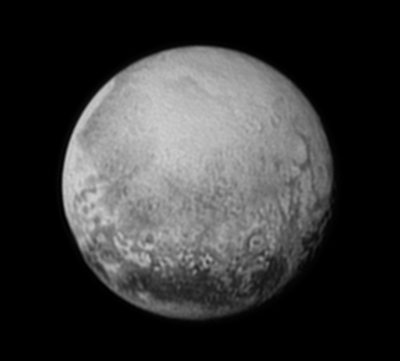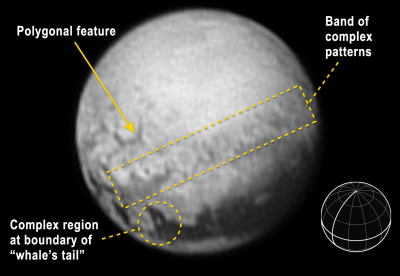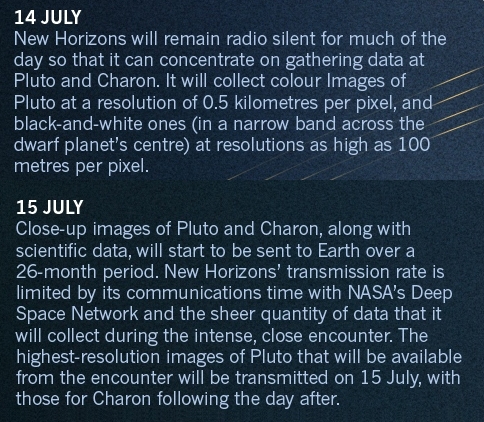You must comply! A federal appeals court has ruled that Little Sisters of the Poor, a Catholic chartable organization run entirely by celibate nuns, must provide contraceptives, under the Obamacare mandate, to their employees or face IRS fines.
The court’s ruling ends the temporary injunction that prevented the Little Sisters from being fined while awaiting a final court decision. They either must get that injunction reinstate by a higher court or abandon their work. As they stated today,
As Little Sisters of the Poor, we offer the neediest elderly of every race and religion a home where they will be welcomed as Christ, cared for as family and accompanied with dignity until God calls them to Himself. We have done this for over 175 years because of our faith in God and our vocation as Little Sisters of the Poor.
But now the government demands we choose between our care for the elderly poor and our faith. We cannot do that and we should not have to. It is a choice that violates our nation’s historic commitment to ensure that people from diverse faiths can freely follow God’s calling in their lives. But the government forces us to either violate our conscience or take millions of dollars that we raise by begging for the care of the elderly poor and instead pay fines to the IRS.
We are not seeking special privileges. The government exempts huge corporations, small businesses, and other religious ministries from what they are imposing on us–we are simply asking to carry on our mission to serve the elderly poor as we have always done for 175 years.
Once again, the Obama administration, through its use of Obamacare, demonstrates its totalitarian nature. You must do as they demand, regardless of your religious beliefs.
Rather than abandon their work, the Little Sisters should continue doing it while also defying the law and the courts. Let the Obama administration and the IRS put some nuns in prison while bankrupting their organization. Only by doing that will there be any chance of continuing their work by getting this monstrous law changed, or repealed.












